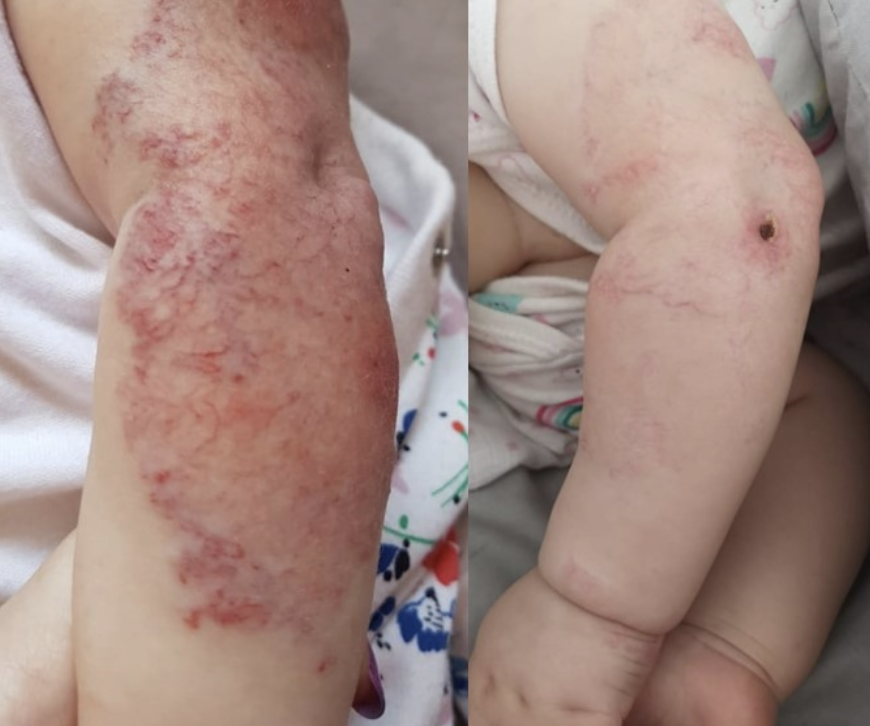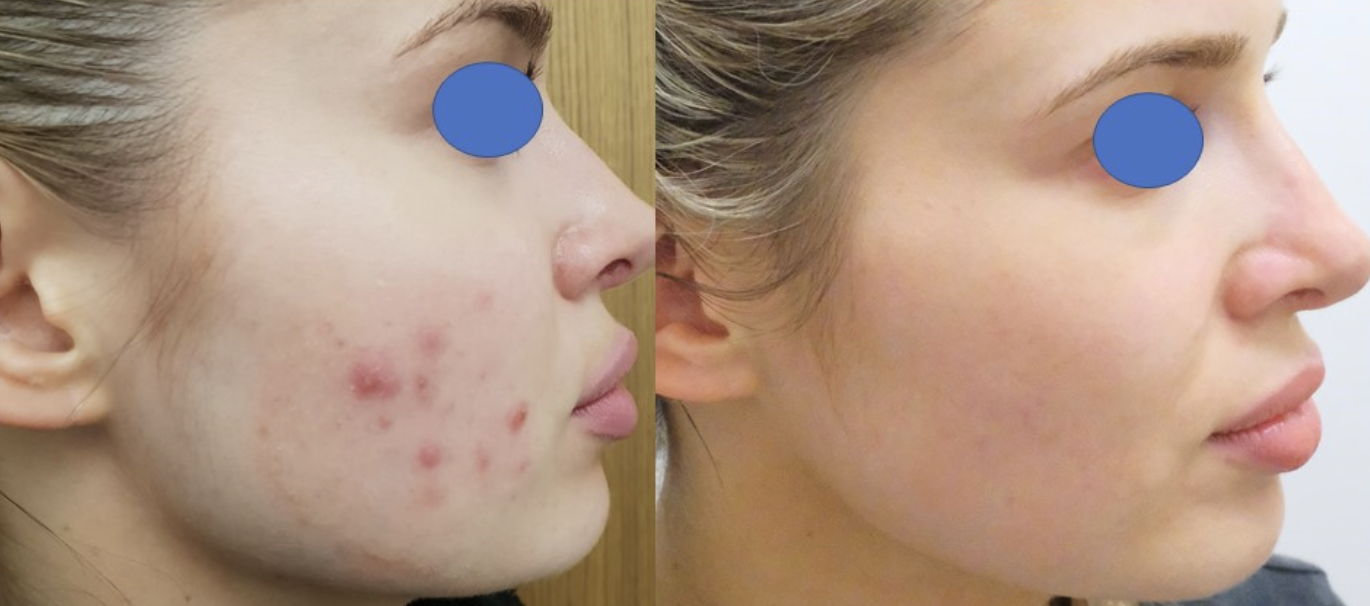Laser tattoo removal
Treatment
Laser tattoo removal is the gold standard method for removing tattoos worldwide. Over the centuries and decades varies treatment modalities were used to eliminate tattoos from salt to surgery. It is currently worldwide accepted that laser tattoo removal is not only the most effective method but also the safest.
Tattoos have been used since ancient times for decorative and tribal reasons. They are divided into decorative, medical and cosmetic tattoos. Medical tattoos are those arising from medical interventions such as radiotherapy in breast cancer treatment. Cosmetic tattoos refers to tattoos used to recreate cosmetic lines or shadows such as on the lip or eyebrows. Decorative tattoos are by far the commonest and are divided into amateur and professional tattoos. The latter relates to the professional way of obtaining the tattoo with the ink usually placed deeper and in higher concentrations compared to amateur tattoos.
Tattoos represent exogenous ink material that is placed in the deep part of the skin. There different types of ink material and different colours with black being the commonest used. Once these ink particles are inserted into the skin our local immune system will tolerate and shield them and in the vast majority of the cases tattoos do not cause any medical problems. In a small number of cases an allergic reaction to the ink might occur.
Laser tattoo removal is becoming increasingly popular and relies on the use of the light from the laser to shatter and break the ink particles into smaller particles which will then make their elimination through our immune system much easier. The best laser for tattoo removal is the new generation picosecond lasers such as the picoway laser system. The choice of the laser wavelength will depend on the colour and certain colours respond better to specific wavelengths. In general, black tattoos respond favourably to lasers with white or flesh-coloured tattoos being the most difficult to treat. Laser tattoo removal is mildly painful and where required a topical anaesthetic cream can be used. The number of sessions depends on the ink density and type of tattoos and the interval is 2 to 3 months but can be variable.








